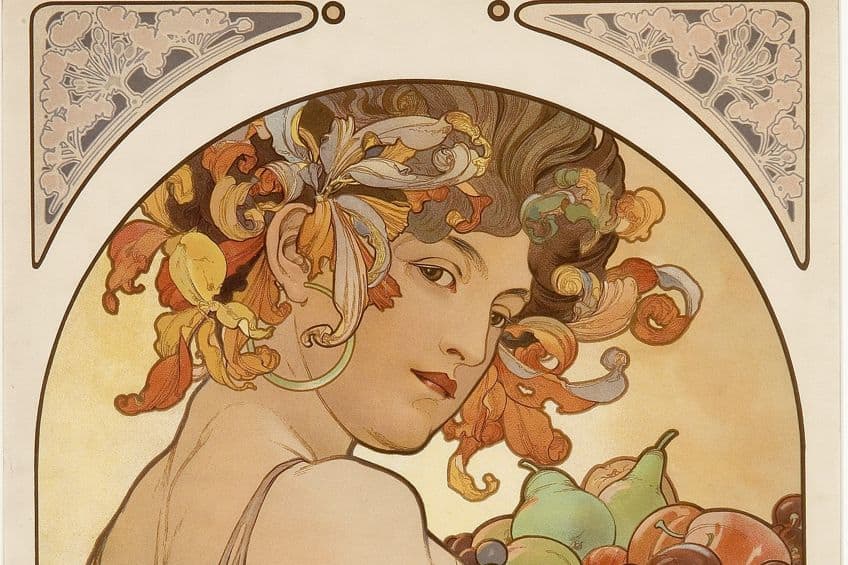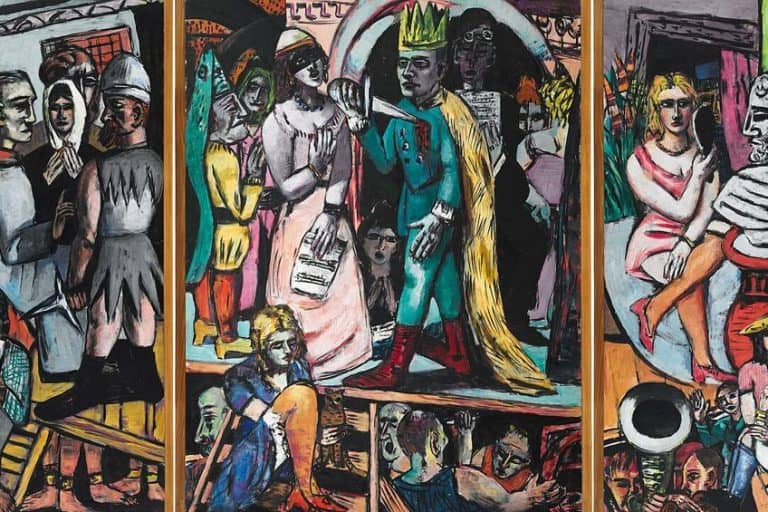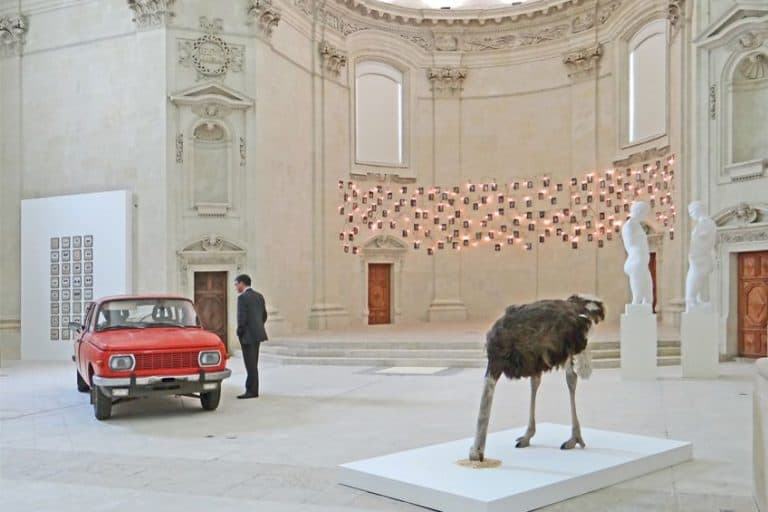Art Deco vs. Art Nouveau – Distinguishing Between the Two Styles
While the Art Nouveau and Art Deco years both gave rise to distinct movements, people often compare and even confuse the two styles. What is the actual similarity and difference between Art Nouveau and Art Deco, though? This article will compare Art Deco vs. Art Nouveau in an attempt to clarify the distinctions between these two influential styles.
Art Deco vs. Art Nouveau
Art Deco and Art Nouveau are regarded as two of the previous century’s most distinguishing art movements, affecting all aspects of culture at the time, from the fine arts and graphic arts to design and architecture. While they are sometimes mistaken for each other, the two art movements represent fundamentally distinct trajectories in the development of contemporary art. Both styles, though, are connected in their representation of the eras in which they emerged and the extent of their impact. Both the Art Nouveau and Art Deco years helped shape so much of the artwork we see nowadays by embracing the prevailing cultural environment and engaging with societal issues.
Art Deco, though, favored geometric shapes and severe angles, whereas Art Nouveau preferred to use long, curving, and elegant lines. Let’s find out more about the similarity and differences between Art Nouveau and Art Deco.
Art Nouveau
The Art Nouveau movement arose in the final years of the 19th century. Art Nouveau is often regarded as the very first modern art style, paving the way for subsequent avant-garde art styles. It was inspired by the present and the potential of the future instead of romanticizing the past since it sought to integrate all art and eliminate the distinctions that existed between decorative and fine art. Art Nouveau, with an eye to the future, rejected the constraints of traditional art forms and represented a fresh aesthetic for the dawning century. Art Nouveau emerged during an era of industrialization when Europe’s contemporary character was determined by an industrial mindset and an ever-increasing growth in large-scale production. Art Nouveau came to embrace and respond to the Industrial Revolution, glorifying craftsmanship and artistic talent while introducing stylized forms of industrialization and automation.
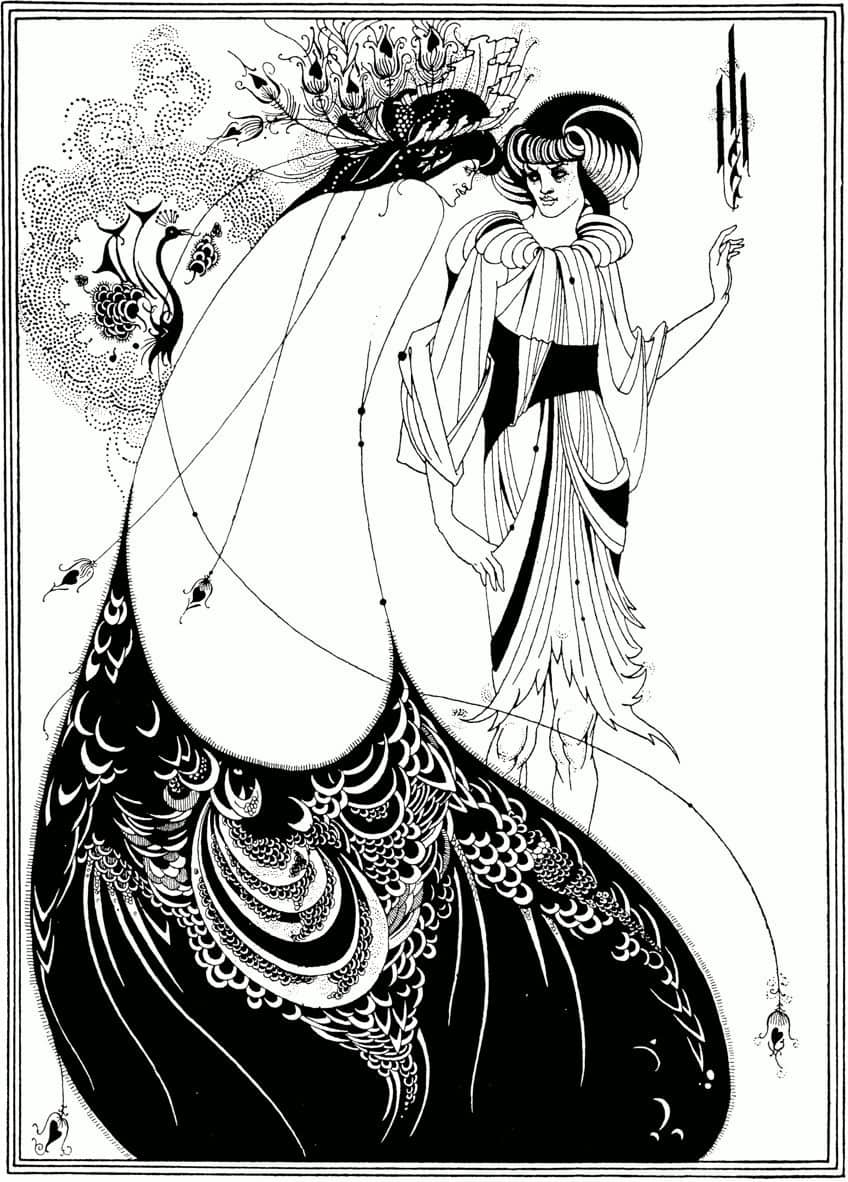
Characteristics of the Art Nouveau Style
Natural imagery is the source of a great deal of Art Nouveau’s charm. Art Nouveau art, design, and architecture are characterized by smooth curves, elegant twists, and flowing lines that mimic the lines and contours of organic forms. Each design element is smoothly connected to produce a consistent and harmonious appearance. Forms and lines are more important than color, and the neutral pastel color palette is used to emphasize patterns and the overall composition.
Color is not a prominent aspect of Art Nouveau, and it is neither strong nor dramatic.
The colors used in Art Nouveau are usually subdued pastel-like hues, ranging from oranges and yellows to Mediterranean greens and delicate blues. Being an ornamental style, Art Nouveau typically included highly decorative features such as intricate borders, ornate patterns, and stylized imagery. Artists of the Art Nouveau movement were concerned with the workmanship of their pieces and often used highly talented artisans to make their creations. This led to a significant degree of detail and a preference for quality above quantity.

Notable Artists
There were several notable and influential figures that helped to establish the movement, such as Alphonse Mucha, Hector Guimard, and Louis Comfort Tiffany. Mucha was an artist from the Czech Republic mostly known for his colorful posters depicting beautiful women with long hair and floral embellishments. His art was defined by fine lines, a pastel color palette, and elaborate patterns. Mucha’s contribution to the movement assisted in its acceptance as a popular style, most notably in advertising.
Guimard was a renowned designer and architect most renowned for his serpentine, organic shapes, and wrought-iron elements in the entrances of Paris Métro stations.
His artwork was defined by the use of innovative materials and methodologies, as well as his meticulous focus on detail and craftsmanship. The Art Nouveau movement was established as a significant architectural style thanks to Guimard’s contribution. The American artist Louis Tiffany was a famous designer noted for his stained glass windows, lamps, and ornamental accessories. His work was distinguished by the use of opalescent glass and elaborate nature-inspired designs.
Art Deco
After 30 years of prominence, the appeal of Art Nouveau started to diminish as new artistic styles emerged. Art Deco had arisen by 1920, with the 1925 international exhibition in Paris which focused on decorative and industrial arts. The style was named after this major art and design show, yet, the term “Art Deco” was not coined until many years later in the 1960s. Art Deco signified a shift while retaining a few of the core concerns of the Art Nouveau movement. In many aspects, Art Deco arose from the demise of Art Nouveau. Art Deco blended creative agility with an embrace of technical advancement while preserving an admiration for modern workmanship. The Art Deco years were also inspired by Aztec, Egyptian, and Central American art that the Western world rediscovered during that century.
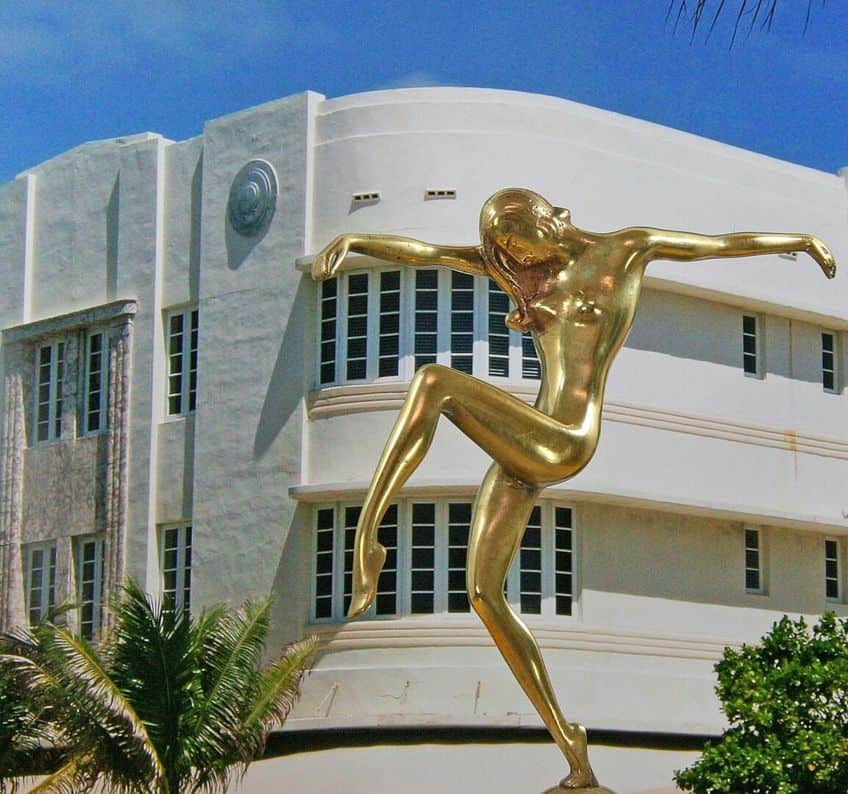
Characteristics of the Art Deco Style
The Art Deco style is decorative in its adherence to balance, as it is streamlined, sleek, and symmetrical. With a focus on zigzagged patterns, vertical lines, and rectilinear forms, a significant part of Art Deco’s aesthetic was influenced by technological advancements. From the invention of machinery through technological advances in materials such as aluminum, glass, stainless steel, and plastic. Art Deco characterized the early 20th century’s daring, fast-paced, and thrilling attitude.
The Art Deco years, unlike those of Art Nouveau, were a period when avant-garde art ruled the artistic community.
Cubist art was especially significant, because of its precise forms and geometric design, as well as its glorification of technology and the industrial world. The angular and energetic look of Futurist artwork also impacted Art Deco’s stylistic features. Art Deco, however, was unique in bridging the gap between design, architecture, and art, and it surged onward throughout the United States. Iconic structures in New York, such as the Empire State Building, and the Chrysler Building exemplify the Art Deco aesthetic and are today among the most recognizable examples of contemporary architecture.

Notable Artists
Polish artist Tamara de Lempicka was best known for her portraiture of the era’s affluent elite. Her paintings, which were influenced by Futurism and Cubism, typically included striking, geometric shapes and vibrant colors. Lempicka’s paintings encapsulated the glitz and luxury of the Art Deco years and are still appreciated today. Erté, a Russian-born artist, was a prominent designer who worked in a number of different fields such as theater, fashion, and cinema.
His Art Deco-influenced designs were marked by graceful, flowing lines and detailed accents.
Erté’s works had a significant impact on the design and clothing sectors at the time, and he is now regarded as a pioneer of the Art Deco style. Jean Dunand, a Swiss designer and artist, was well-known for his work in lacquer and metals. His Art Deco-inspired sculptures were covered with exotic elements like ivory and shagreen and featured dramatic, abstract designs. Dunand’s pioneering techniques and incorporation of new materials contributed to the establishment of the Art Deco style and paved the way for following advancements in contemporary design.
Comparison Between Art Deco vs. Art Nouveau
Above, we covered the history and distinct characteristics of both movements, as well as examples of influential artists. As one style followed the other, we can notice that while certain ideas and themes were carried through, there was more than enough difference that made each movement distinct and unique in its expression and influence. Let’s now take a closer look at the similarity and difference between Art Nouveau and Art Deco.
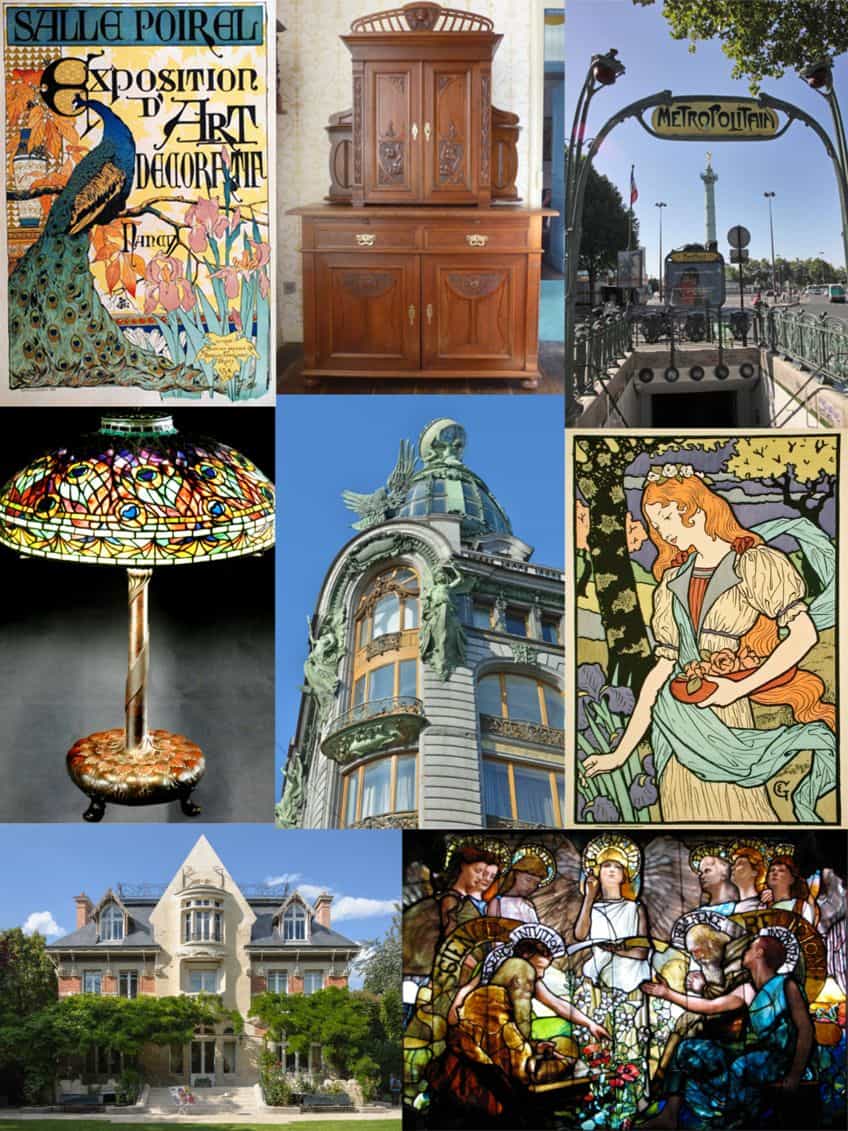
Differences in Characteristics and Style
The Art Nouveau style was regarded as a reaction to the 19th-century academic styles. The focus was on organic shapes, fluid linework, and natural imagery such as insects and flora. Art Nouveau artists took inspiration from nature and sought to produce a holistic work of art in which every aspect of a place, from the lighting to the furniture, was intended to function collectively to produce a harmonious whole. Art Deco, on the other hand, was a far more geometric and streamlined style. The incorporation of striking, geometric forms and bold lines, typically influenced by the mechanical aesthetic of the industrial period, defined the Art Deco years.
The movement was characterized by its incorporation of materials like chrome and stainless steel, as well as its emphasis on uniformity and symmetry.
Common Influences and Themes
Even though the two movements were very distinct when it came to their approach and style, they also shared certain themes and influences. Both movements, for example, championed modernism and progress. Art Nouveau developed in response to the industrial revolution which was taking place at the time, whilst Art Deco was inspired by technological advancements and mass manufacturing. Both movements emphasized design, with designers and artists developing a diverse range of objects ranging from decorative arts to fashion.
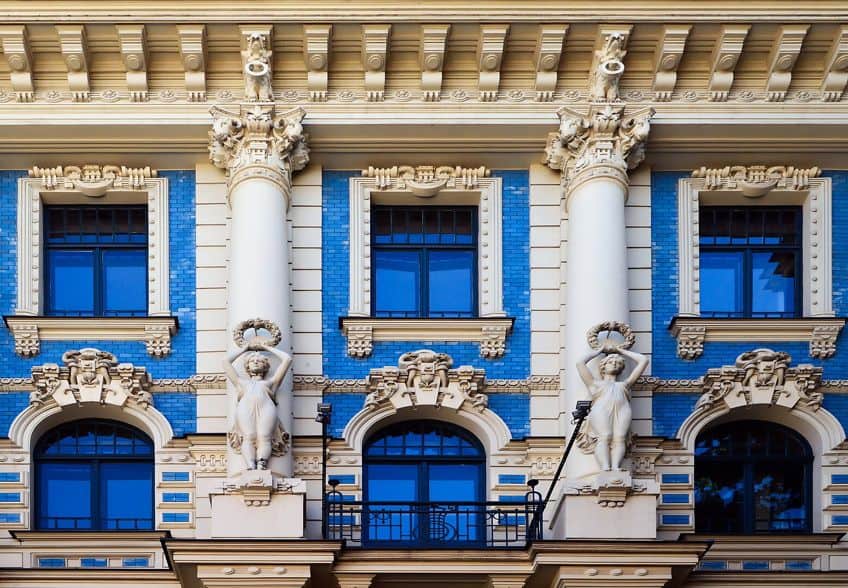
These styles were defined through the incorporation of novel materials such as ceramics, iron, and glass. There was also an emphasis on the employment of materials like stainless steel, chrome, and Bakelite in Art Deco. Both styles were inspired by the natural world, however, Art Deco was far more geometric in aesthetics and stylized. Organic shapes and naturalistic motifs like plants and flowers were used in the Art Nouveau movement, but stylized designs of wildlife and flora like palm fronds and gazelles were used in Art Deco. Both styles were synonymous with luxury and elegance. Art Nouveau emphasized the handcrafted, whereas Art Deco emphasized the glamor and grandeur of the machine era.
Impact on Culture and Design
The Art Nouveau movement had a significant impact on the decorative arts, notably in Europe. Its focus on organic shapes and natural designs, in addition to the utilization of new materials, led to the development of a broad variety of products, ranging from ceramics and furniture to jewelry and even textiles. Art Nouveau had a significant effect on architecture as well, with architects like Hector Guimard developing buildings with flowing lines and beautiful features.
The Art Deco movement had a significantly wider worldwide influence, with the style becoming increasingly popular through international exhibits and trade shows in the 1920s and through to the 1930s.
Art Deco impacted architecture, especially skyscraper architecture. Fashion designers such as Elsa Schiaparelli and Coco Chanel incorporated Art Deco elements and materials into their creations. Both styles had a significant influence on the general culture of their period, along with the visual arts. Art Nouveau was affiliated with the fin de siècle cultural trend, which was defined by decadent behavior and a preoccupation with the darkest facets of human nature. Meanwhile, Art Deco became intertwined with the extravagance and glam of the years spanning the 1920s and 1930s and became a representation of the period’s newfound modernization and prosperity.
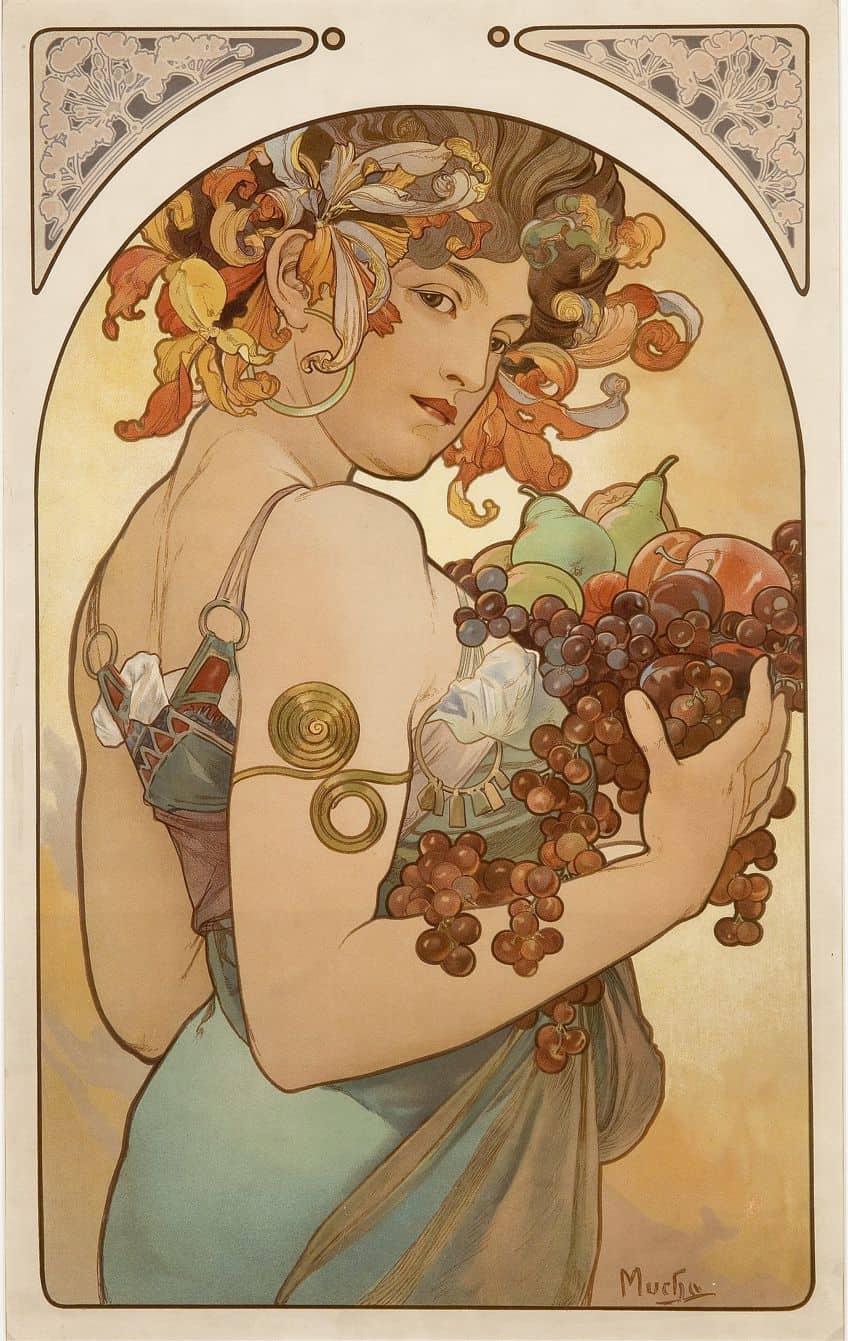
That concludes our journey of exploration of the two distinct, yet related art movements. Both the Art Nouveau and Art Deco years were filled with great advancements, and both sought to embrace these developments. Yet, they both did so in very unique ways, focusing on different trajectories despite their shared influences. Both movements had a huge effect on the society and style of their respective years, and their legacy of art and design continues to inspire designers and artists to this day.
Frequently Asked Questions
What Is the Fundamental Difference Between Art Nouveau and Art Deco?
The fundamental distinction between the styles is seen in their unique aesthetic and design philosophies. Art Nouveau stressed elements of nature and a harmonious wholeness, whereas Art Deco celebrated the machine era and advanced technology, emphasizing strong, geometric forms and materials associated with luxury and pleasure. Despite their difference, they both shared certain common influences, such as embracing technological advancement in some way.
What Impact Did Art Deco and Art Nouveau Have on Society?
The impact of Art Deco can be observed in the advancement of modernist and industrial design, notably in the United States. Art Nouveau also had a long-lasting influence on the decorative arts, with many modern designers drawing inspiration from its fluid linework and organic shapes. The Arts and Crafts movement, which aspired to elevate traditional crafts to the realm of great art, was also affected by the style.
Isabella studied at the University of Cape Town in South Africa and graduated with a Bachelor of Arts majoring in English Literature & Language and Psychology. Throughout her undergraduate years, she took Art History as an additional subject and absolutely loved it. Building on from her art history knowledge that began in high school, art has always been a particular area of fascination for her. From learning about artworks previously unknown to her, or sharpening her existing understanding of specific works, the ability to continue learning within this interesting sphere excites her greatly.
Her focal points of interest in art history encompass profiling specific artists and art movements, as it is these areas where she is able to really dig deep into the rich narrative of the art world. Additionally, she particularly enjoys exploring the different artistic styles of the 20th century, as well as the important impact that female artists have had on the development of art history.
Learn more about Isabella Meyer and the Art in Context Team.
Cite this Article
Isabella, Meyer, “Art Deco vs. Art Nouveau – Distinguishing Between the Two Styles.” Art in Context. May 3, 2023. URL: https://artincontext.org/art-deco-vs-art-nouveau/
Meyer, I. (2023, 3 May). Art Deco vs. Art Nouveau – Distinguishing Between the Two Styles. Art in Context. https://artincontext.org/art-deco-vs-art-nouveau/
Meyer, Isabella. “Art Deco vs. Art Nouveau – Distinguishing Between the Two Styles.” Art in Context, May 3, 2023. https://artincontext.org/art-deco-vs-art-nouveau/.


